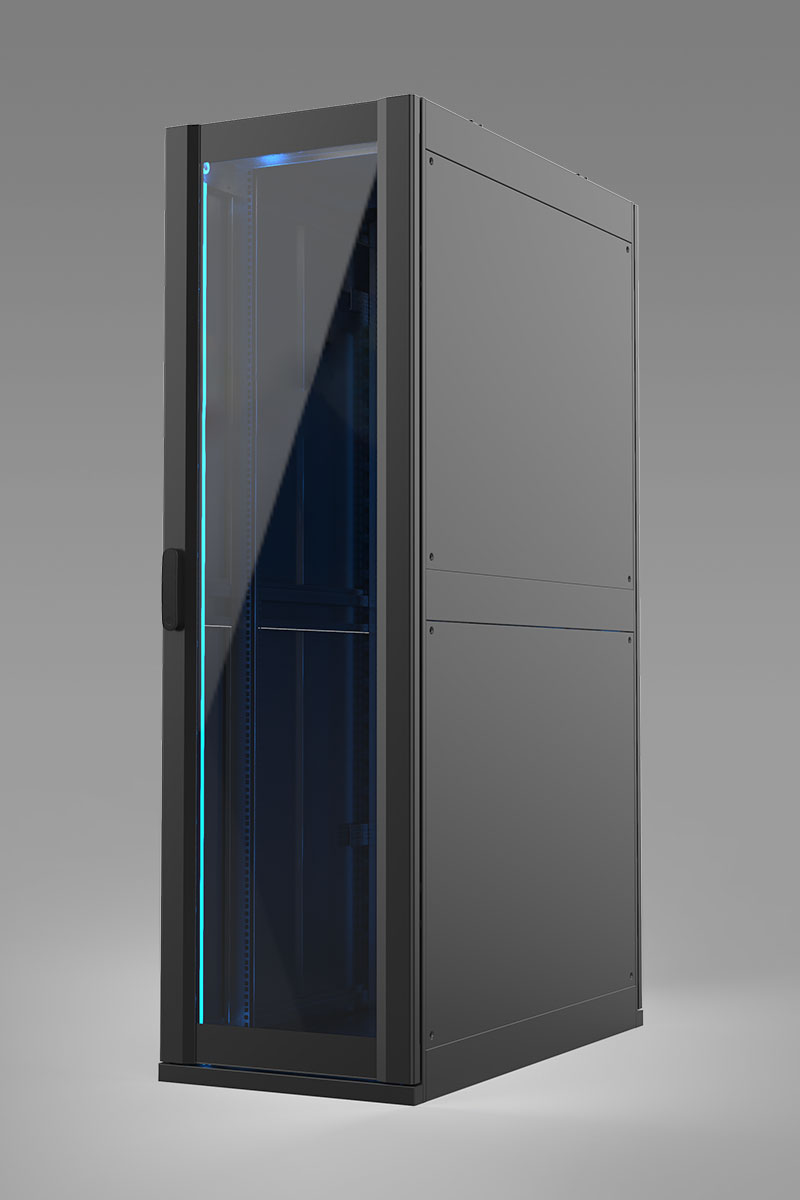Network cabinets can be used to house a variety of networking equipment. They can accommodate large modular network switches and provide additional interior space for cable management. Some cabinets also feature removable doors and side panels. Other models feature perforated panels for cable management. In addition to a range of features and sizes, network cabinets can be customized to fit specific network equipment needs.
A network cabinet can also be used to organize and manage the cabling system in a data center. These cabinets feature cooling systems or airflow circulation. This is especially useful in data centers where many devices require easy access and space. In addition, network cabinets can be customized to fit the needs of each business. With so many different applications, it is imperative to choose a network cabinet that will best meet the requirements of your business.
There are three main types of network cabinets. Some are wall-mounted, which means that they can be mounted on walls or desks, which helps save valuable floor space. They can be easily accessed by users and allow for quick network upgrades. A wall-mounted network cabinet can accommodate up to 12U of network equipment, which is enough to store multiple servers.
Another type of network cabinet is a server cabinet. These can be mounted on the wall or rolled into place. Some are even small enough to fit through standard 7-foot commercial doors. They are designed to securely organize standard 19-inch rack equipment. Some models feature clear acrylic windows, which help prevent theft and maintain an organized look. You can also find rack cabinets that are low-profile, which can be used in locations with limited space.
Network cabinets are similar to server racks, but they're specifically designed for networking equipment. They're typically used in data centers and in on-premise networking closets. The main difference is that network cabinets don't generate as much heat. Therefore, they don't have as many cooling features as server racks. However, you still want to ensure that your network cabinet has proper ventilation. If the equipment inside generates significant heat, you'll want to consider mesh doors to prevent any unnecessary condensation.
The type of network cabinet you choose should meet your exact specifications. Choosing the right network cabinet rack for your specific needs will allow you to maximize your network's potential. The right cabinet will also protect equipment from damage caused by heat. You can find the right product from a reputable rack dealer.

How to choose the right network cabinet?








 Home
Home